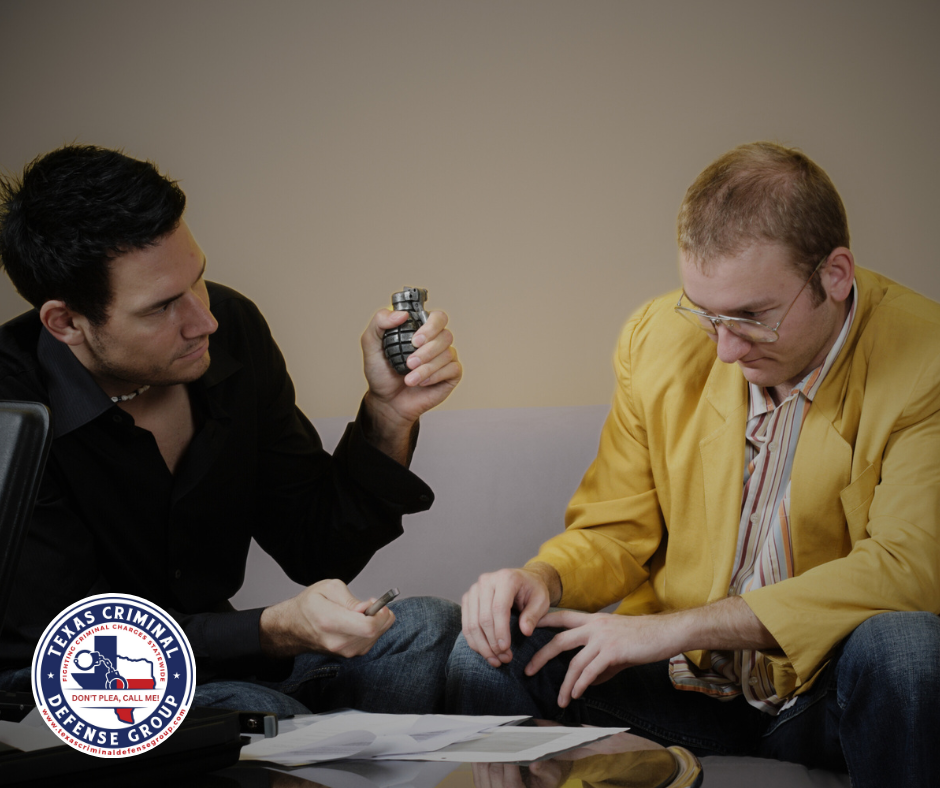
Understanding The Duress or Coercion Defense in Texas
Being forced to commit a crime because someone threatened your life or the lives of your loved ones. This terrifying scenario is where the duress or coercion defense comes into play. In Texas, the law recognizes that in certain extreme circumstances, individuals may act under such intense pressure that their actions, although criminal, can be justified.
Understanding the duress defense is essential for anyone dealing with the legal system, especially if facing charges due to threats or intimidation.
Texas Definition Of Duress
State law allows for certain defenses that justify otherwise criminal acts under specific circumstances. Duress is one such defense, listed under Title 2, Chapter 8 of the Texas Penal Code:
- Texas Penal Code § 8.05: This defense applies when someone commits a crime because they were coerced by the threat of immediate death or severe injury to themselves or another person. For non-felony offenses, the defense can be used if the person was forced or threatened with force to commit the act.
However, if a person intentionally, knowingly, or recklessly places themselves in a situation where they are likely to be compelled to commit a crime, they cannot use the duress defense.
What Is The Definition Of Duress And Coercion?
Duress and coercion both involve being forced to commit a crime due to threats or intimidation, often involving threats of death or serious injury to oneself or a loved one.
Duress: This term describes the situation of the person being threatened. It means the person only committed the crime because they feared for their life, safety, or well-being if they did not comply with the demands.
Coercion: This term describes the actions of the person making the threats. It means someone else forced or intimidated the person into committing the crime.
Together, the defense argues that the person committed the crime under duress after being coerced into doing so.
The Elements of Duress
A defendant may encounter an immediate threat of death or serious harm from another person’s actions or words. The threat doesn’t need to be explicit; for example, pointing a gun or holding a knife meets the requirement. The threat must be current, although sometimes a future threat can support the defense. Generally, duress involves a threat directly to the defendant, but it can also involve threats to someone close to them.
The defendant’s fear must be logical and tailored to the circumstances. This means that the judge and jury will evaluate the evidence using an impartial standard. Being particularly timid or fearful due to past interactions with the person making the threat is insufficient to support the defense.
The key elements of the duress defense usually include:
- A justifiable fear of immediate death or severe bodily injury.
- Resulting from another person’s actions or words.
- There is no reasonable opportunity to escape the threat.
- The defendant is not responsible for the situation.
The defendant must provide evidence showing they had no other way to avoid the threat. The prosecution may counter the duress defense by demonstrating that the defendant could have left the area or ended the interaction with the threatening person.
The Difference Between Duress and Necessity
The necessity defense, similar to duress, involves being forced to act unlawfully to avoid immediate harm. Both defenses are not valid if the defendant had a reasonable alternative. However, they differ in their origins and applications.
Duress is triggered by the actions of others, such as someone threatening another person with a gun. Necessity, on the other hand, is often described as choosing between two bad outcomes. If circumstances force the defendant to break the law to prevent harm, the necessity defense may apply. To succeed, the harm caused by the defendant cannot be greater than the harm prevented.
Limitations of The Duress Defense
- Limited Applicability: Duress or coercion cannot be used to defend against all crimes. For instance, it is generally not a valid defense for murder charges. If you face charges for killing your attacker out of fear, you would claim self-defense, not duress.
- Specific to Serious Threats: The defense of duress or coercion applies only to threats of death or serious bodily injury. If you committed a crime because someone threatened to reveal damaging information about you, Courts typically do not accept the duress defense in such situations.
- Voluntary Situations: Duress or coercion is usually not considered a valid defense if you knowingly put yourself in a dangerous situation. For example, if you voluntarily joined a known criminal organization and later committed a crime under their direction, this would likely not qualify for the duress or coercion defense.
Arrested? Don’t Plea, Call Me!
If you or someone you know is facing criminal charges in Texas due to threats or intimidation, understanding the duress defense is crucial. Reach out to Texas Criminal Defense Group today. Learn how this defense can help protect your rights and secure your freedom. Don’t wait—get the legal support you need now.
